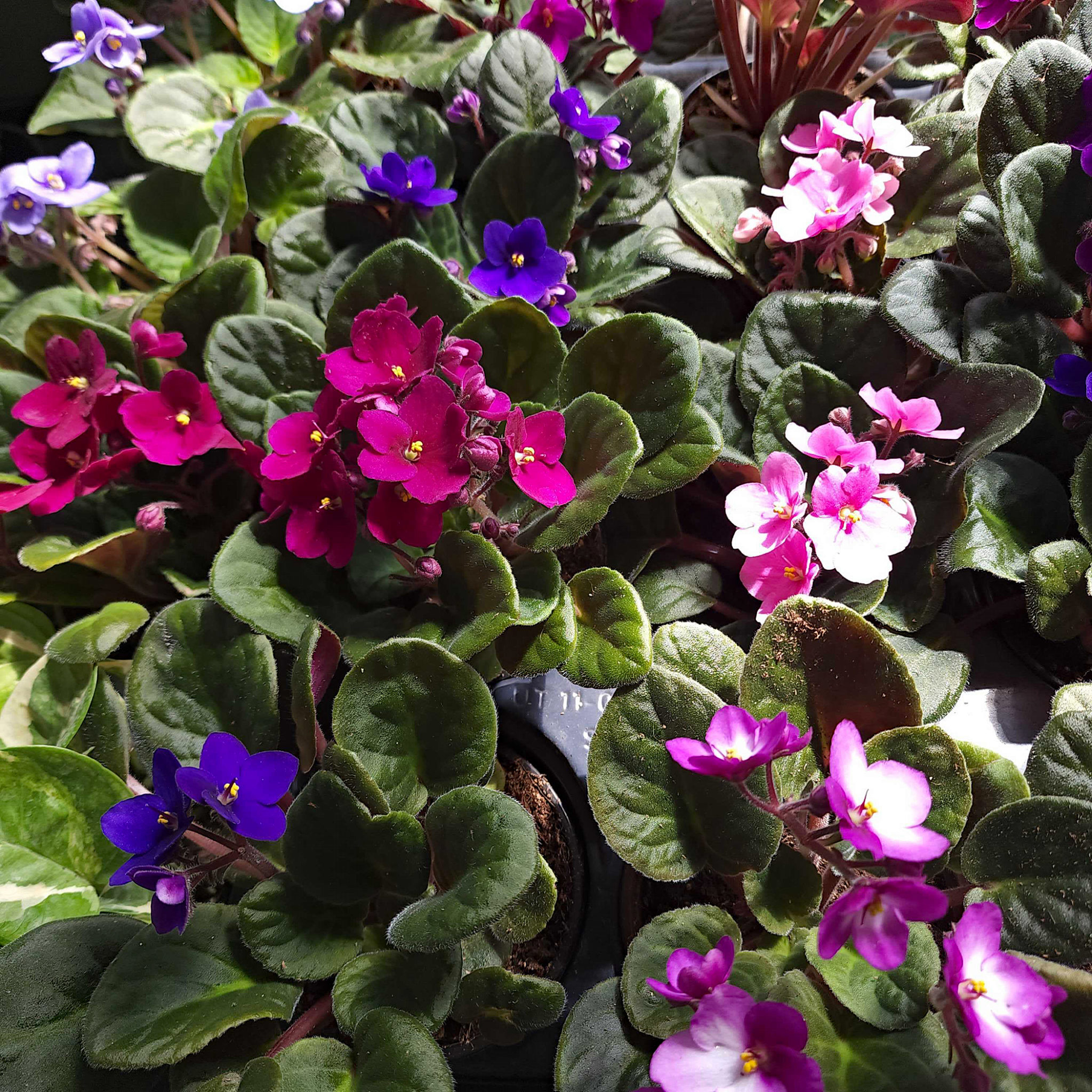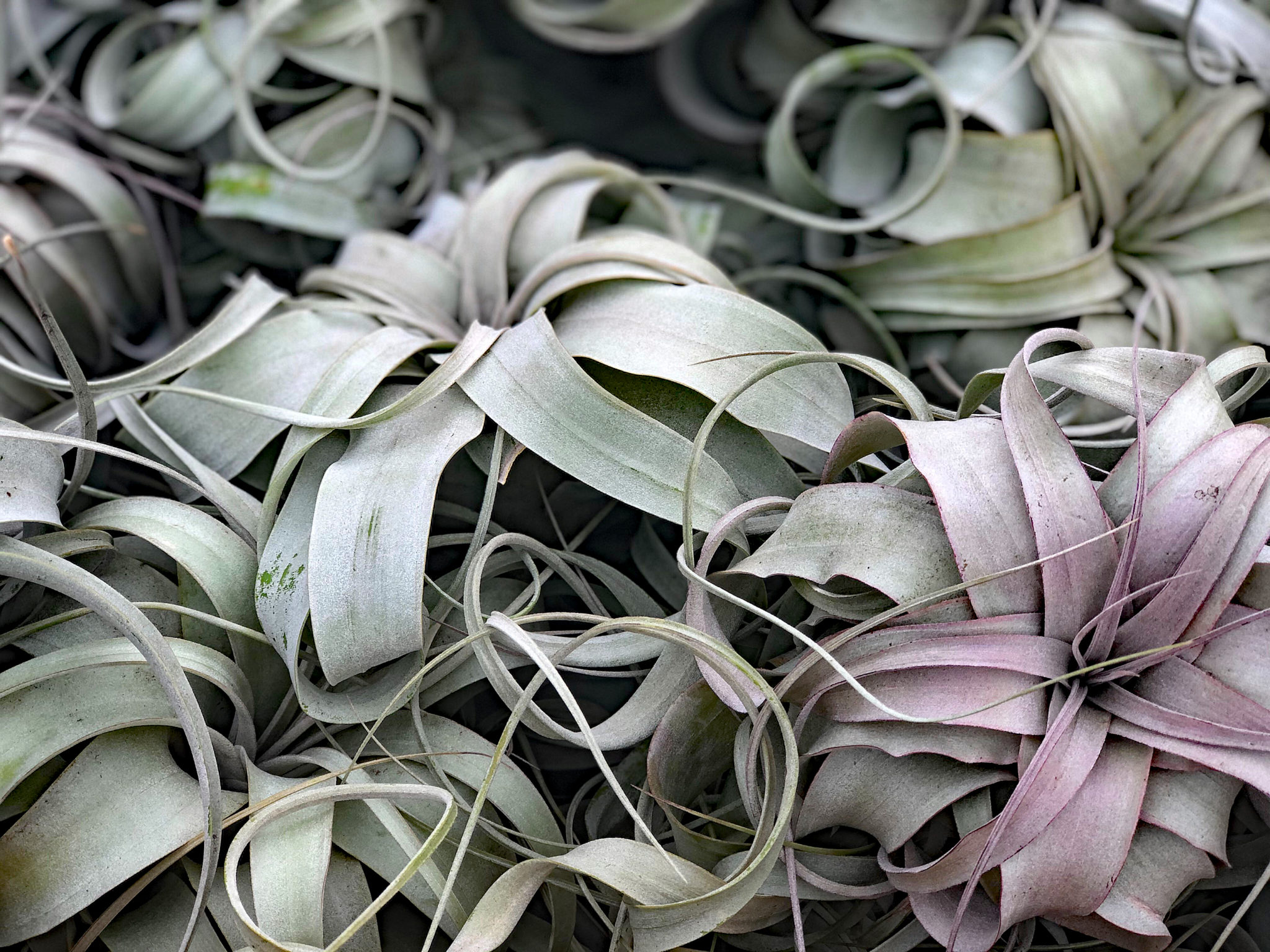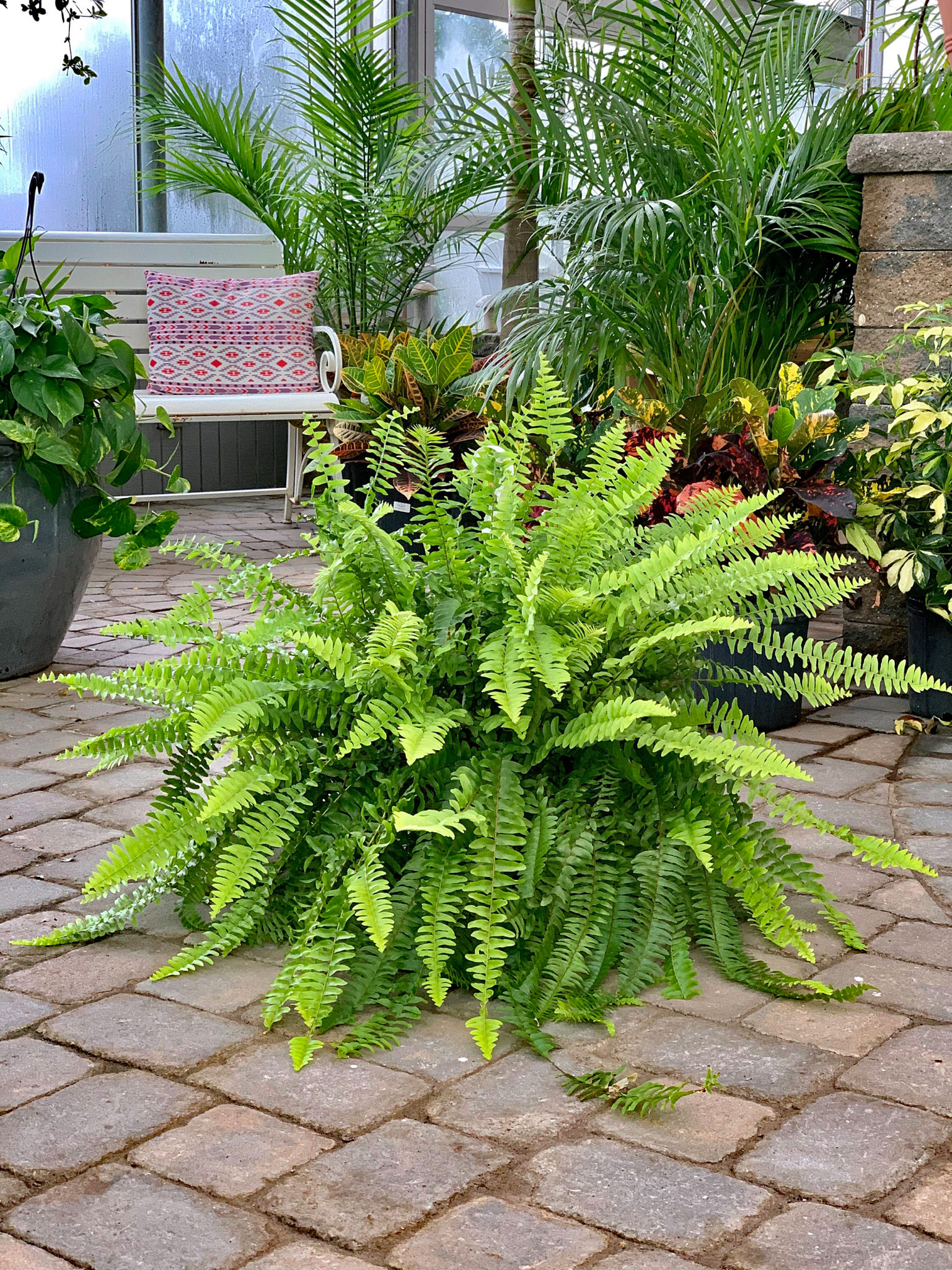Top 10 Houseplants Safe for Cats and Dogs
All the delight, none of the danger
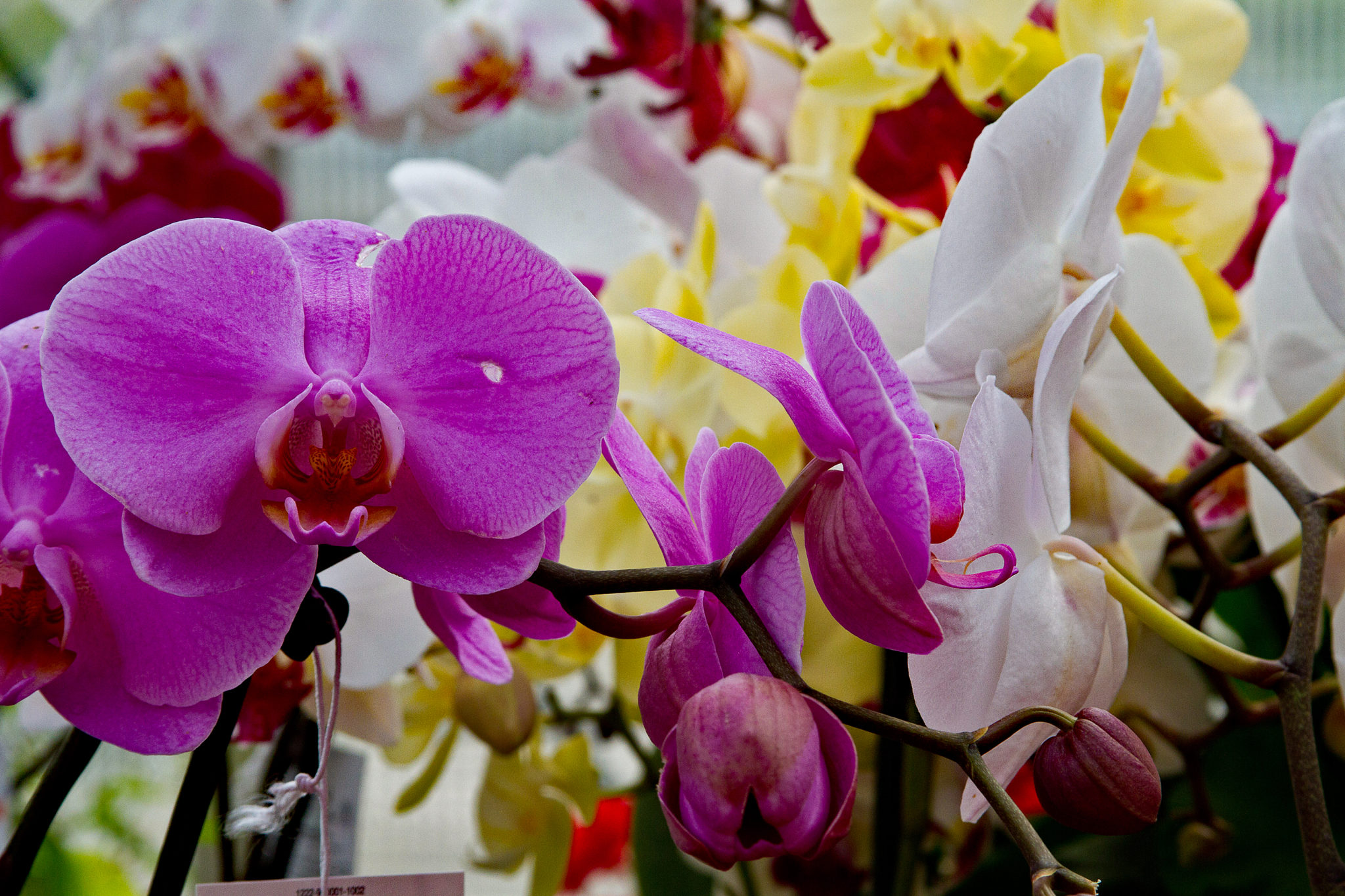
Alexandria, VA – Houseplants are such a lovely presence in our homes, quietly adding life and beauty to rooms from a corner or a shelf. It’s not a huge surprise that our pets are often just as enticed as we are by their lush foliage and charming blooms—and not always in a paws-off way. Many plants are toxic if ingested and can harm your dog, cat, or even your child if they’re curious enough to nibble, chew, or outright eat one of your plants. Luckily, you don’t have to choose between your furry friends and your “plant babies”—plenty of houseplants are both pretty AND pet-friendly.
Top 10 Houseplants Safe for Cats and Dogs
African Violet: Given enough bright, indirect sunlight, you can enjoy the vivid blooms of African violets all year. Most varieties display lavender, purple, and violet shades, but there are also white, pink, and pink-red African violets. Keep the soil moist but not wet by allowing the top few inches to dry out in between waterings.
Air Plant: Also called Tillandsia, this houseplant has earned the common name “air plant” due to its unique ability to sustain itself with just the air. That’s right—this plant doesn’t even need dirt! Air plants are super hardy, needing only weekly watering and good air circulation to thrive. Since they don’t need soil, you can display them in many fun and creative ways, so they’re a stylish addition to your home. They’re a perfect, mess-free, and pet-safe choice for dogs or cats that like to play with soil.
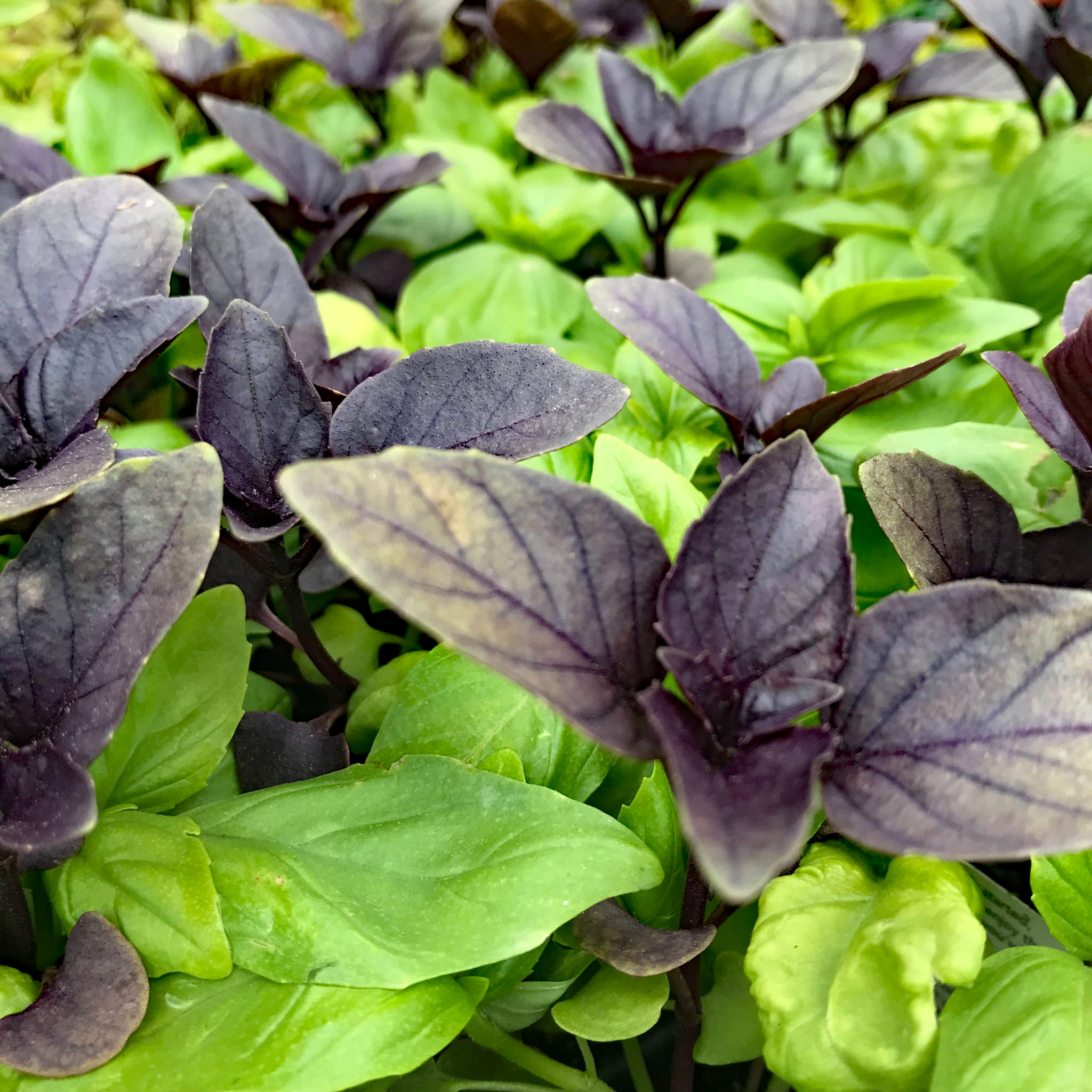
Basil and Other Herbs: Many foods or crops we grow to consume are also safe for our felines and canines. Basil and herbs like parsley, thyme, cilantro, and mint are ok for dogs and cats. Of course, there are always some exceptions. Cocoa and chocolate are well-known, but be aware that garlic, onion, grapes, raisins, and large amounts of rosemary and lavender are also toxic to dogs. Oregano, dill, bay leaf, and large amounts of lavender can make cats sick.
Boston Ferns: Boston ferns are lovely houseplants with very fine-toothed fronds that add character to the room, especially when they’re dangling from a hanging container. As a NASA-certified top air-cleaning plant, Boston ferns aren’t just safe for your pet; they make your home safer for everyone in it by filtering out toxins in the air. They’re easy-going as long as you give them bright, indirect light, mist their foliage often, and keep their soil moist.
Cast Iron Plant: An extremely hardy houseplant that we can’t sing enough praise about, the cast iron plant is a worry-free addition on all fronts. Not only does it tolerate extreme conditions and thrive on neglect, but it can remain consistently lush and pet-safe in your home for a decade or more! Ideally, keep it in any well-lit room, away from direct sun, and keep its soil moist but not wet.
Friendship Plant: This Pilea cultivar is adored for the deep veining and mesmerizing texture of its foliage. It was dubbed the “friendship plant” because it can easily and quickly establish new plants from root cuttings, making it great for sharing with your loved ones. Although we obviously wouldn’t encourage any nibbling or chewing, it’s safe to share with your furry friends, too. As a tropical native, make sure room temperatures are relatively warm and increase humidity by misting often.
Phalaenopsis Orchid: Orchids are the belle of the ball when it comes to flowering houseplants. Their tall stems and broad, symmetrical petals are classy, elegant, and available in many gorgeous colors. With enough bright sunlight, you can enjoy these non-toxic blooms for months on end.
Prayer Plant: Known for their distinct leaf patterns, prayer plants are one of the most recognizable houseplants on the market. Their deep green, ovate foliage is often embellished with yellow splotches down the midline and bright red, symmetrical veining—a decorative design that’ll never go out of style. Plant them in a rich, well-draining potting mix and always keep their soil moist.
Spider Plant: If spider plants seem to find their way onto so many “Top Houseplants for…” lists, it’s because they’re just so great in so many ways. Their unique, strappy foliage looks at home in regular and hanging containers. They’re simple to care for, certified air-cleaners, and cat- and dog-friendly plants. What more could you ask for?
(Some) Succulents: Ok, the term “succulent” refers to plants in about 60 different plant families, with exponentially more species and varieties under that—we can’t say that they’re all furbaby-friendly. But, as one of the trendiest houseplants right now, we felt that we had to include them somehow. You’ll be happy to know that many common succulents are non-toxic, including echeveria, hen and chicks, burro’s tail, most varieties of sempervivum, and most haworthia varieties. Always do your research, though, since others, like aloe vera and snake plants, can be dangerous for little mouths.
Having plants and pets in the same household shouldn’t be stressful. By doing your research and choosing indoor plants safe for cats and dogs, you can rest assured that your green additions are both stunning and safe for the whole family.
ICYMI: Dahlia Society Blooms in Alexandria’s Del Ray Neighborhood

